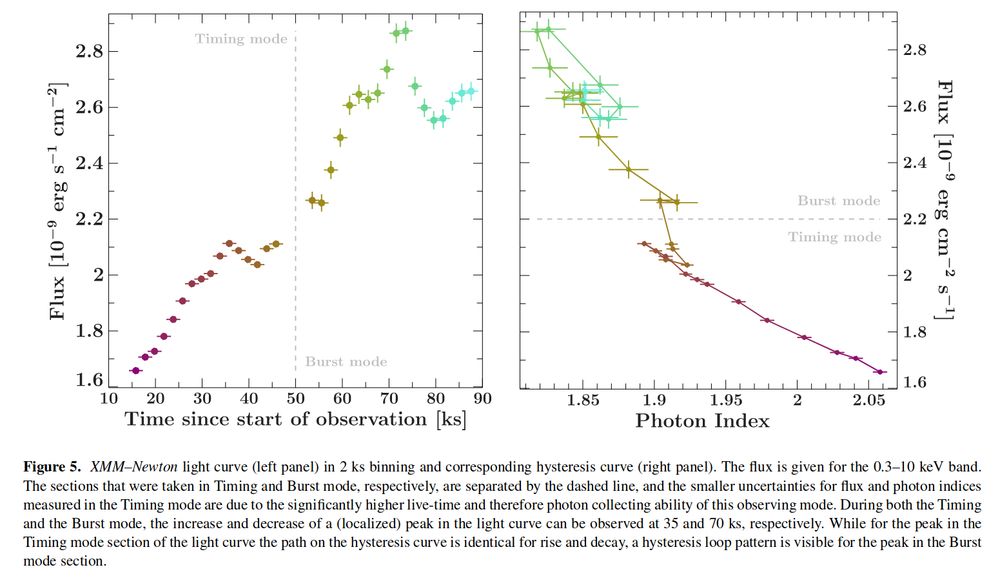Enthusiastic about music 🎶 , space 🚀, dogs🐕 and saving planet Earth 🌎.

Making meetings more sustainable can make them also more inclusive, because if we make meetings at least hybrid, or even fully virtual, many barriers fall away. However, virtual attendees must not be treated as second class participants!
Making meetings more sustainable can make them also more inclusive, because if we make meetings at least hybrid, or even fully virtual, many barriers fall away. However, virtual attendees must not be treated as second class participants!
→ Scientists at less wealthy institutes or in less wealthy countries; those having to deal with lengthy/complicated visa processes; those with care-taking responsibilities; and those with disabilities.
→ Scientists at less wealthy institutes or in less wealthy countries; those having to deal with lengthy/complicated visa processes; those with care-taking responsibilities; and those with disabilities.



Our estimation is at least 42,500 tCO2e in total.

Our estimation is at least 42,500 tCO2e in total.



To emphasize how extraordinarily bright this X-ray flare was: for a few hours, Mrk 421 was as bright as Galactic X-ray binaries (e.g., Cyg X-1), while being more than 400 million light years away from us! 🤯
To emphasize how extraordinarily bright this X-ray flare was: for a few hours, Mrk 421 was as bright as Galactic X-ray binaries (e.g., Cyg X-1), while being more than 400 million light years away from us! 🤯

